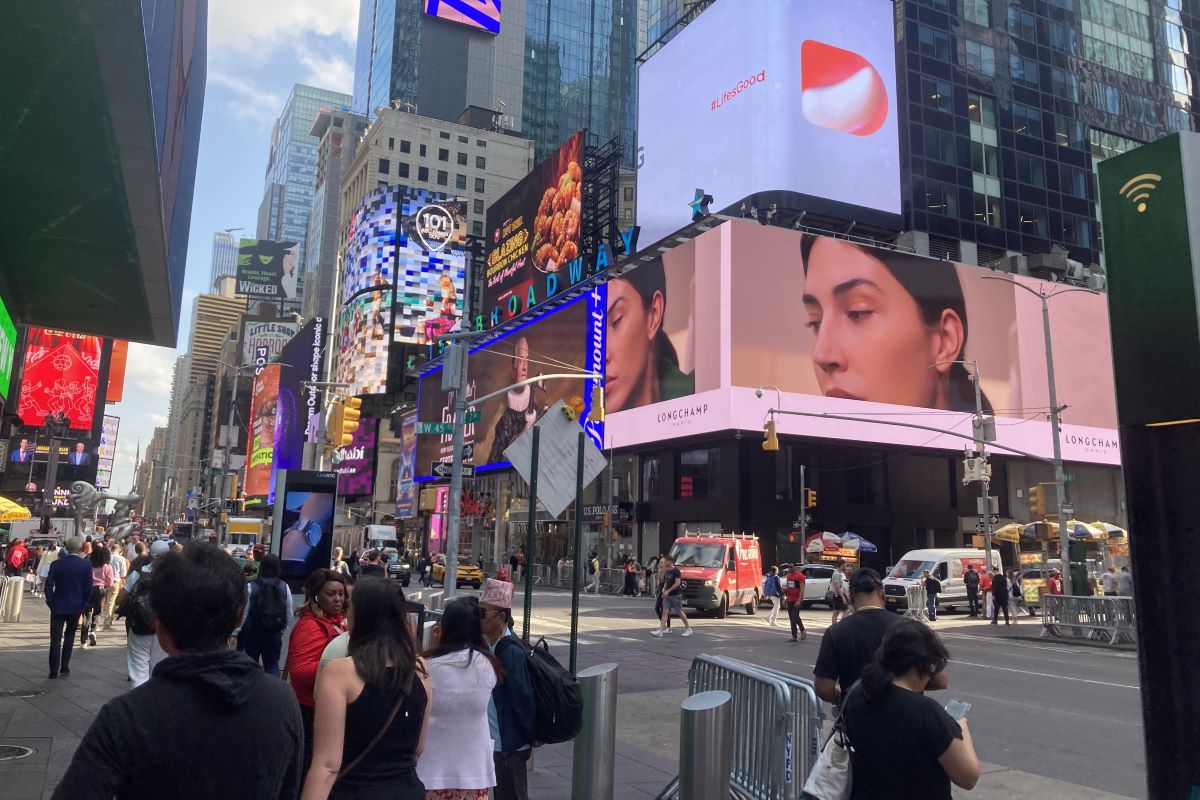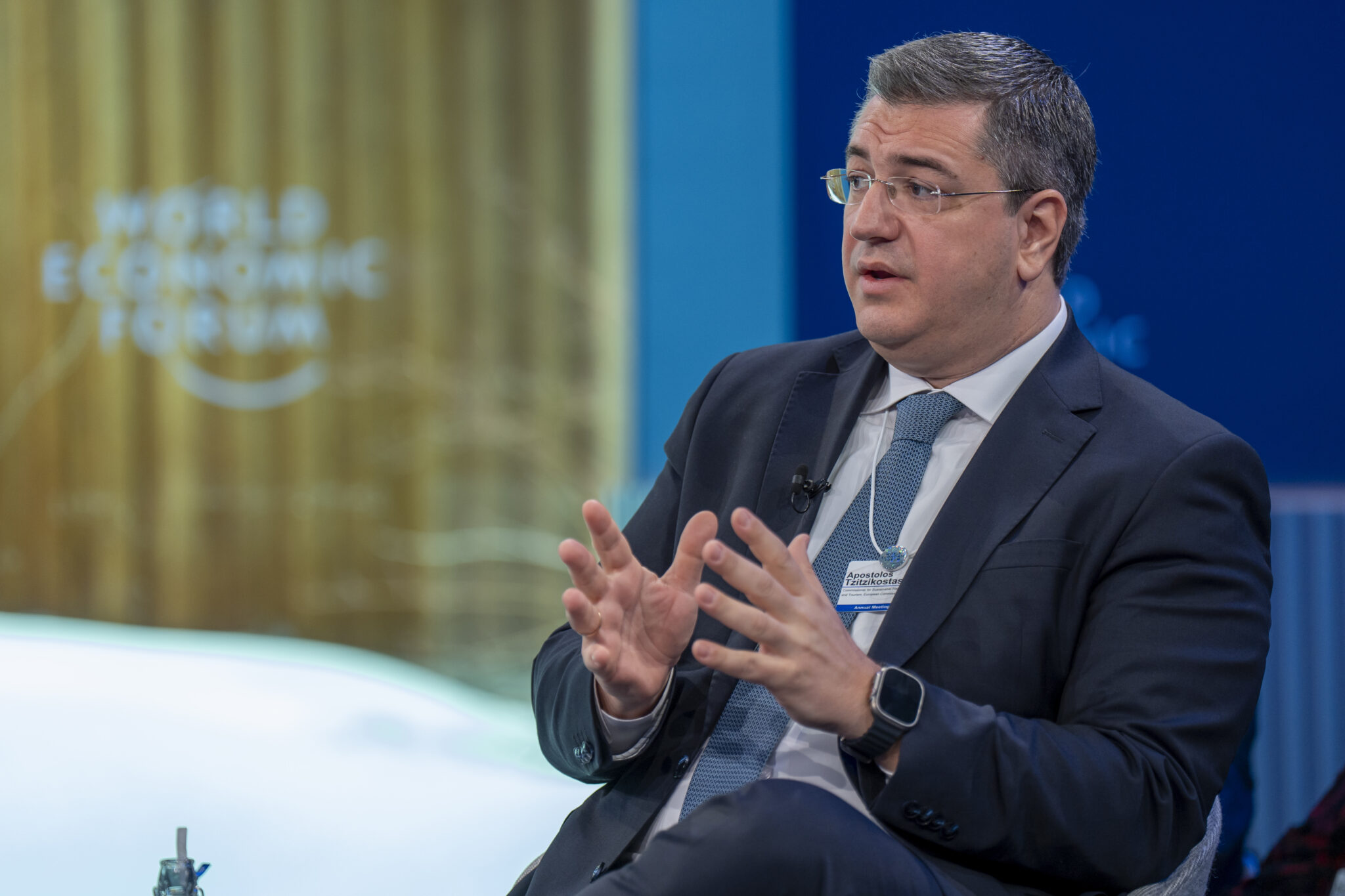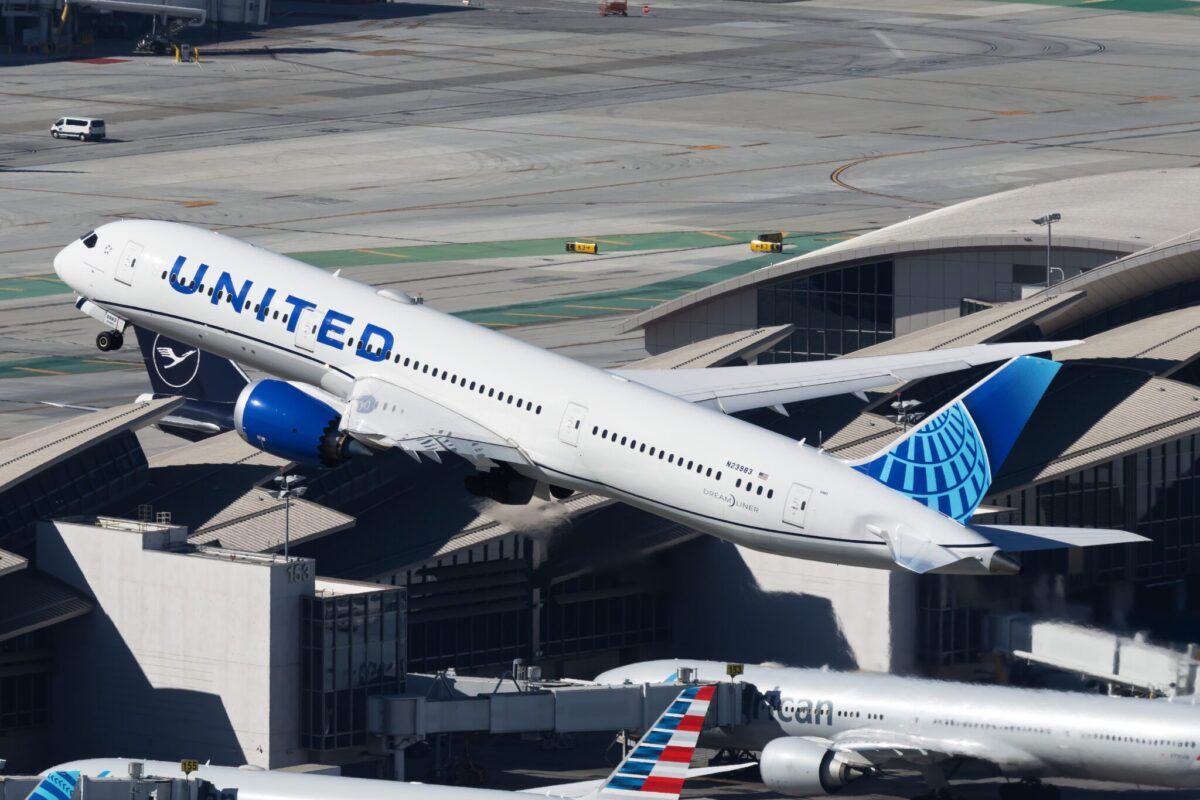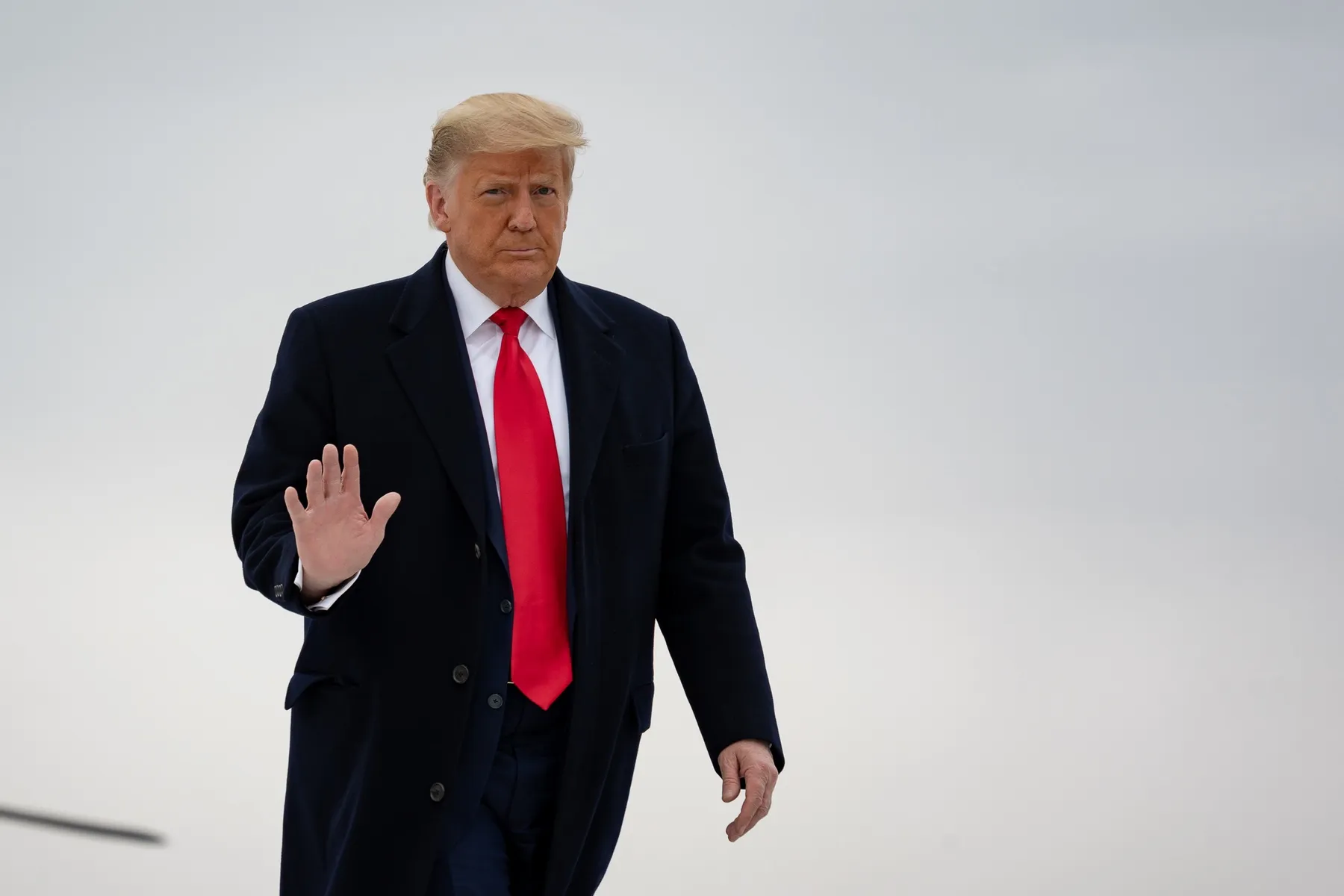Original Disruptor Southwest Airlines Survives on Ruthless Business Savvy
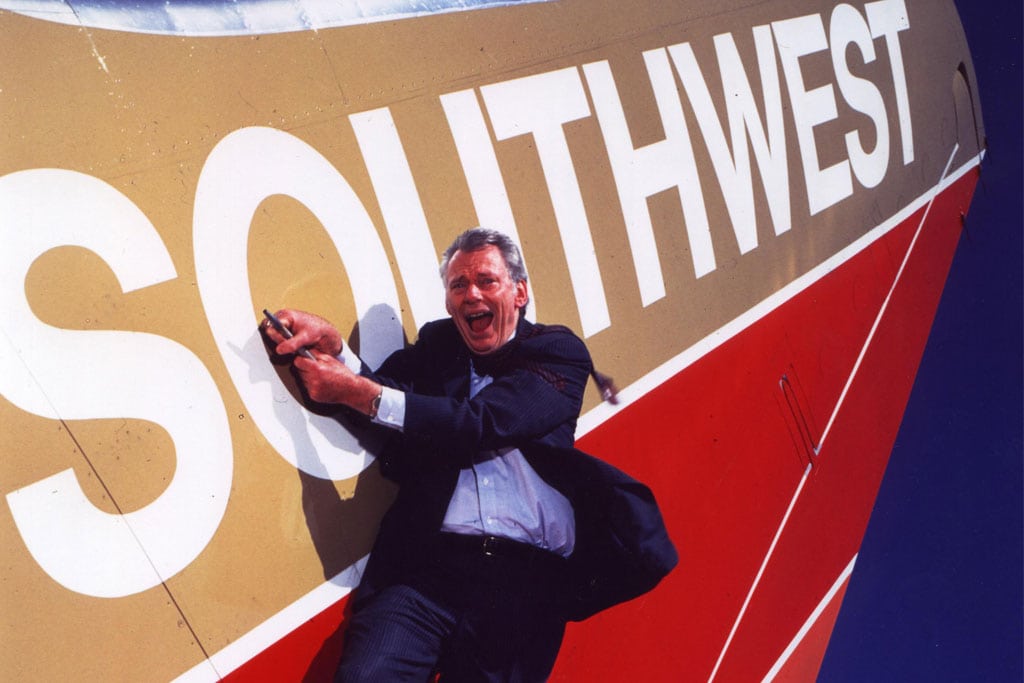
Skift Take
Southwest Airlines began operations humbly in 1971, with four planes serving three cities in Texas. Since then, it’s grown to be one of the biggest airlines in the United States. It’s now also the most consistently profitable — unlike nearly every other major carrier, Southwest has never entered bankruptcy, or even come close. And it has accomplished all that while remaining relatively well-liked by its employees and customers.
There’s the official Southwest tale of how that happened. The airline likes to say it kept things simple and focused on its customers and their experiences more than flashy offers and deceptively low ticket prices. And it always likes to say it puts its people before profit.
The airline also garnered plenty of goodwill over the years thanks to its former CEO, the tell-it-like-it-is, whiskey-swilling, Marlboro-smoking, all-around good guy Herb Kelleher. What he contributed is something most big corporations could only dream of cultivating.
Like most tales, there’s truth to the official Southwest story, but you don’t become the largest domestic airline in the world’s largest air market by playing nice — or, at least, niceness isn’t enough. Undergirding Southwest’s friendly image is a ruthless business savvy that has helped it dominate large swaths of the continental United States, often becoming the only viable airline in town.
Turning Model Upside Down
Southwest remains a healthy company, but analysts say it might be resting too much on its lore: When the airline started, simplicity, friendliness, and low prices were a radical innovation. “The company was very much a maverick when it started, and it’s actually become very conservative,” says Seth Kaplan, managing partner at the industry magazine Airline Weekly. “That’s probably saved them from getting into fads and hurting themselves, but it also prevents them from competing effectively these days.”
When Southwest took its first flight in 1971, the airline industry was expensive, the province of the upper class. Someone who wanted to travel between, say, St. Louis and Kansas City, or Houston and Dallas, would usually drive. Back then, Southwest wasn’t competing against legacy carriers for passengers, but instead marketing toward people who rarely or never took airplanes. The approach made the airline revolutionary.
Read About the Secrets to Business Longevity in Skift's New Book, For the Long Haul
“We were a bit of a disruptor,” says Linda Rutherford, a vice president and the chief communications officer of Southwest who has been with the company for 25 years. “Travel was really reserved for the elite few; it was really expensive; it was something that was largely arranged by travel agents. We took that model and turned it upside down.”
By driving down costs on these short- and medium-haul routes, Southwest created new markets for the industry, and forced other carriers to lower their prices as well — what came to be known as the “Southwest Effect.” Studies have shown the Southwest Effect is real. Historically, when Southwest entered a market, it lowered average ticket prices by dozens of dollars, and sometimes by over $100. Southwest used its low-cost model as a public relations strategy too — it wasn’t just about making money, but about “democratizing the skies.” The company took that underdog approach to all its business strategies.
Southwest first operated flights out of Dallas’ Love Field Airport, close to the city’s downtown. In the mid-1970s, when the City of Dallas attempted to move Southwest and other airlines to the much larger and newer Dallas-Fort Worth Airport, Southwest didn’t budge. Instead, it sued the city and eventually won a lawsuit guaranteeing its stay at Love Field. For Southwest, the suit wasn’t just about ensuring its competitive ability — the airline was worried its customers would go back to driving to other Texas cities instead of following Southwest to DFW — but about showing how much it cared for its customers.
The airline still frames the court case as its “fight to fly,” turning it into a kind of David-against-Goliath narrative. “They see themselves as a sort of egalitarian product,” Kaplan says. “Nobody waxes poetic or gets teary-eyed about Spirit or United. People do for Southwest.”
That egalitarian culture extends to hiring practices: All employees are given a long history of Southwest when they’re hired, and people are only hired if they seem like they’ll be a good match for the culture. “If the company hadn’t developed that unique culture, it wouldn’t have survived the last 40 years,” says Xavier Pavie, a professor of Innovation in Service at the ESSEC Business School Singapore.
Several years ago, Pavie spent a week at Southwest’s headquarters at Love Field and wrote a case study on the company’s culture. He argues that egalitarianism — the feeling that every employee was in the fight to be the best airline together — is palpable in every department. That’s translated into a brand image that resonates with customers. Today, though Southwest is the biggest domestic U.S. airline, many customers still see it as an underdog, the company trying to do good in a cutthroat industry.
“Southwest feels more democratic than the other airlines,” says Lucy Duncan, a 53-year-old Quaker community organizer who flies Southwest frequently. “Even if we increasingly live in an oligarchy, Southwest seems to still have a sense of fairness about it.”
There are tangible reasons for that fairness. The company has a one-of-a-kind profit-sharing program that pays out hundreds of millions of dollars to its employees in its peak years. Its employees are part of unions that have had fewer battles with corporate management than at virtually any other airline, in part because they’re very well compensated — especially their pilots, whose payroll and benefits packages work out to over $300,000 a year on average — compared to other airlines, and in part because the company’s manager-to-employee ratio is lower than at other airlines. Its customers can change or cancel flights easily, and of course there’s the airline’s famous insistence that every passenger be able to check two bags for free, even as virtually every other airline nixes the privilege.
Just like everything else the company does, its bag fee policy is as much about its image as its business model. Despite analysts and many shareholders insisting that Southwest unbundle bags from its ticket price, Southwest sees it as a strategic branding advantage.
“Our competition handed us a gift,” one Southwest executive told Pavie. “We were criticized by Wall Street for not charging bag fees. And we made a decision that rather than take the bait and take $300 or $400 million in bag fees, we would leave that to the other guys so we could go out there and say Southwest is the best value.”
Rutherford agreed: “That’s a product differentiator,” she said. “And from the time we announced that bags fly free, we saw a market shift of 1 to 2 percent. If analysts say we can make a billion dollars charging for bags, we say we’ve already made that.”
What all of this friendliness and insistence on simplicity and value hides is that Southwest is an economically ferocious airline. The same routes it created decades ago are now dominated by the company. If you want to fly St. Louis to Kansas City nonstop, you only have one option: Southwest. That’s true for hundreds of other routes too. The airline’s market share in its top 100 markets is 65 percent, meaning it flies two-thirds of all flights on its most popular routes. The industry average is closer to 45 percent. To put it more simply: Southwest finds markets, builds them out, and then ruthlessly excludes competition, whether it’s through price competition and customer benefits or via lawsuits — it continues to try to keep Delta out of a gate Delta leases at Love Field in Dallas.
“Southwest has succeeded to an enormous degree because they were the first to enter secondary markets and then sprawled like kudzu,” says Henry Harteveldt, the president of Atmosphere Research Group, which analyzes airlines. “They consume all the gates at the airports they fly to and effectively keep out other competition.”
Transforming Your Traditional Culture
But all that’s changing. Seth Kaplan said you can think of Southwest’s business in a few distinct eras.
In the early days, it won with low fares and new routes. In the 1990s, it beat out other airlines by expanding rapidly and dominating markets. In the 2000s, its profitability was largely because it made a smart bet and pre-bought jet fuel before oil prices spiked. Now, it’s less certain what Southwest’s next era will be.
There are several budget carriers, like Spirit and Allegiant, impinging on Southwest’s turf and winning on price. That means Southwest needs to look for other ways to keep shareholders happy, so the airline is entering new markets. The problem is that the most profitable markets are those with lots of existing competition, where Southwest can’t use its method of entering, dominating, and monopolizing. Its biggest expansions in recent years have been in major markets like New York, Fort Lauderdale, and Atlanta, where legacy carriers still operate the vast majority of flights.
With its strongest routes nearly maxed out, Southwest has had to become more like other airlines, offering popular routes at prices in line with its competitors, upping its amenities for business travelers (there’s still no first class or extra-legroom section, but loyal customers get early boarding and a free alcoholic beverage), and expanding into foreign routes.
It may add more longer flights soon. In 2016, Southwest began to upgrade its all-Boeing fleet by adding the lighter, more fuel-efficient and longer-range Boeing 737-7 MAX. The airline hasn’t said exactly how it will use the aircraft long-term, but Rutherford said its range opens hundreds more route possibilities to places like Hawaii, Canada, and Central and South America. It can even fly from the East Coast to the United Kingdom, though it seems unlikely Southwest will fly to Europe any time soon. The move was successful; in 2018, the company announced that they foresaw the 737-7 making up 60 percent of the fleet.
“Southwest has to transform its traditional culture to make sure they remain relevant today,” Pavie says. The airline still can focus on customer loyalty and friendliness, Pavie argues, but those mean different things today, when people are much more accustomed to booking their own tickets, choosing which bundles of amenities (like bag-check and meals) they want on a flight, and paying low fares.
Today, Southwest isn’t the cheapest carrier in many markets. Its brand of simplicity has competition from the likes of Alaska Airlines, and its friendly attitude doesn’t differentiate it much from an airline like JetBlue. If the airline wants to remain competitive, the next step for Southwest might be to remember that what has become tradition started out as innovation.
The strain Southwest has encountered in adapting to these new market realities shows: Southwest is no longer the most profitable airline. Budget carriers like Ryanair, Allegiant, Alaska/Virgin, and Spirit consistently outperform its earnings ratios. People might get teary-eyed about the customer service on Southwest, but at the end of the day many of them are still flying whatever’s cheapest.
Southwest’s challenge is that it could cause a backlash if it adopts many of the same money-making practices as other airlines, like charging for bags, asking customers to pay for assigned seats, and adding a business class. Some customers have already ditched Southwest, or fly it less often, in favor of the barebones fares of other airlines. If it mimics other airlines more, Southwest risks alienating loyal customers who choose it because they don’t have to think about bags, fees, and seats.
But no matter what happens, Rutherford says Southwest is not in danger of operating like other airlines.
“What makes us different is we don’t over-promise and under-deliver,” she says. “More often than not when we hear from a customer why we don’t get chosen, it’s not because of bags or seating, but because we don’t fly wherever they’re going.”
It’s not out of the question that Southwest will adapt. Analysts note that JetBlue, one of Southwest’s biggest competitors, has evolved over the years, while earning a reputation as an airline that customers can trust. JetBlue was founded as an all-economy class airline with few fees, but today you can fly business class on the airline, at least on some routes, and can choose to travel without checked bags if you want to save some money. JetBlue has even trimmed some economy class legroom.
Of course, Southwest still edges out JetBlue in customer satisfaction most years, and it still has a dedicated following, especially in the places where it’s the only option. “Southwest is rarely the cheapest, and it’s sometimes not even the most convenient, but it’s just not as bad as other airlines,” says Charlie Topel, a grad student at New York University and longtime customer.
But “not as bad” might not be good enough anymore. When Southwest launched, it was different from any other airline both in ticket price and experience. The airline industry of the 1970s was designed for business travelers and wealthier Americans. Southwest changed all that. But now the airline has competitors chipping away at all the features that made it unique. Southwest now has a choice: Either hold on to the few things remaining that differentiate it from other airlines, or join the pack by trying to beat competitors at their own game.
P.E. Moskowitz is a writer based in Philadelphia who covers cities and politics.

